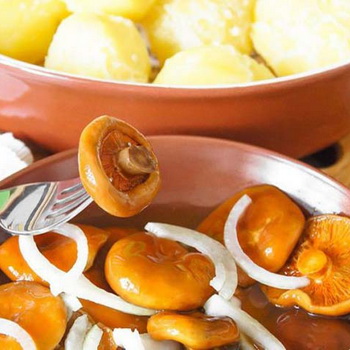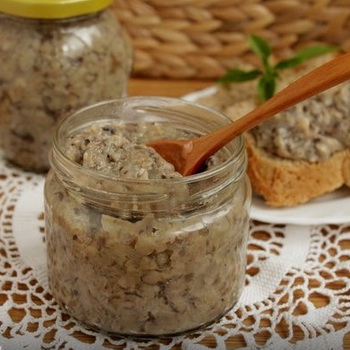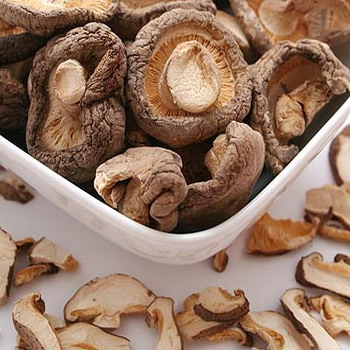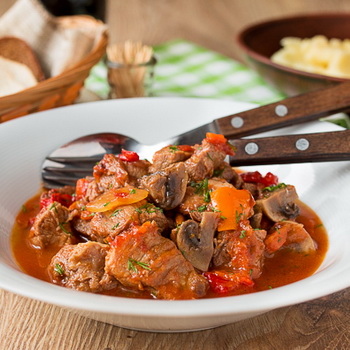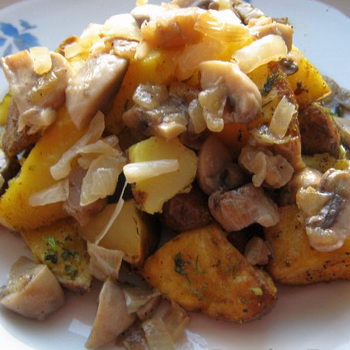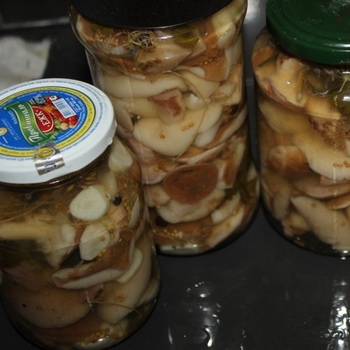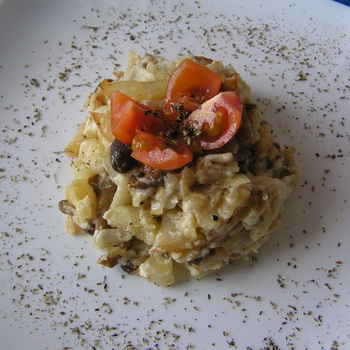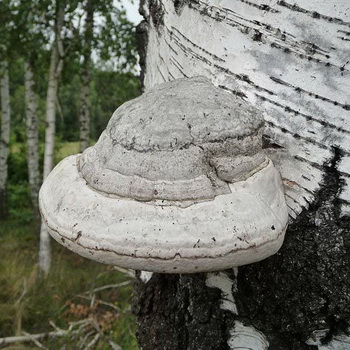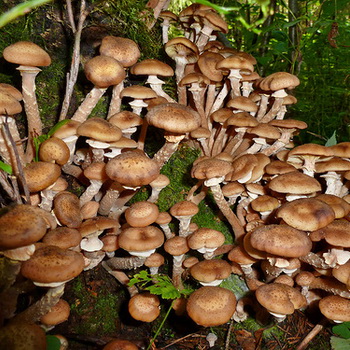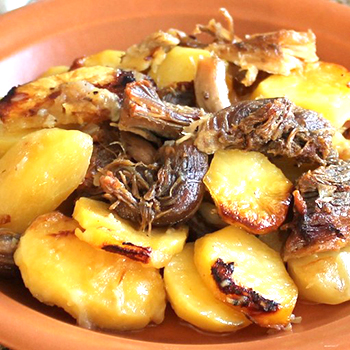What to do if salted mushrooms are moldy and how to save fresh mushrooms from mold
 Without exaggeration, mushrooms can be called a wonderful gift of nature. Of these, it is customary not only to prepare the first and second courses, but also to prepare for future use: pickle, salt, freeze and dry. Mushroom pickers especially appreciate edible mushrooms, which are in no way inferior in taste to boletus and even porcini mushrooms. In their composition, these fruiting bodies contain a large amount of useful and nutritious vitamins, as well as trace elements that support the human immune system.
Without exaggeration, mushrooms can be called a wonderful gift of nature. Of these, it is customary not only to prepare the first and second courses, but also to prepare for future use: pickle, salt, freeze and dry. Mushroom pickers especially appreciate edible mushrooms, which are in no way inferior in taste to boletus and even porcini mushrooms. In their composition, these fruiting bodies contain a large amount of useful and nutritious vitamins, as well as trace elements that support the human immune system.
Many people call the most delicious salted and pickled mushrooms cooked for the winter. Such crunchy fruit bodies are every gourmet's dream. Having tried canned mushrooms once, a person will never refuse such a snack again. However, not every amateur cook knows the secrets of proper pickling and salting. Moreover, the subsequent storage of mushrooms also raises many questions. For example, what to do when salted mushrooms become moldy, and how to deal with this problem?
Why did the salted mushrooms get moldy and change the taste?
In this article, you can find out about the reasons why white mold or mold of a different color, for example, black, has appeared on salted saffron milk caps.
Salting of saffron milk caps occurs in different ways, for this they use several methods: dry, cold and hot. However, even such processes sometimes cannot save fragrant and tasty fruit bodies from the appearance of mold. There are several reasons why salted mushrooms have become moldy and taste altered:
- for salting, unsterilized dishes were used, or dishes that have undergone poor-quality sterilization;
- during the salting process, the temperature regime was not observed;
- mistakes were made in the recipe, for example, little salt was used;
- an insufficient amount of brine was formed and the mushrooms were not completely covered with it.
If salted mushrooms are moldy in a jar or barrel, it is most likely that one or several factors have worked. There is no need to fear this, because the situation with salted mushrooms can always be saved. But if pickled mushrooms are moldy, then they should not be eaten. Therefore, in this case, do not even think about how to remove the mold on the mushrooms. It is strictly forbidden to use these mushrooms for food - it is very dangerous! There is no air access in the pickled product (especially if the jars are closed with metal lids), so the bacterium botulism may develop. The products of their vital activity are especially poisonous, and the use of such mushrooms in food is fraught with serious consequences, including death.
Experienced housewives know that mold is ubiquitous and must always be carefully dealt with. And if everything is clear with the pickled product, then what to do if the mushrooms become moldy after salting: throw them away or start saving them? The most correct decision is not to let the situation go by itself, because both the smell of the delicacy and its taste can suffer. Therefore, as soon as the slightest foci of mold has been noticed, measures must be taken immediately.
What should be done if salted mushrooms are moldy on top or under pressure?
First, find out the degree of damage to the fruit bodies. If the salted mushrooms are moldy only on top, then you should carefully remove their top layer by about 2-3 cm.Then:
- Drain all the brine, and rinse the rest of the mushrooms well under running water.
- Boil in boiling water for 20 minutes, constantly removing the foam.
- Drain the water, and put the product on a wire rack and let it dry.
- Banks need to be washed again with hot water and soda, sterilized over steam or in boiling water for at least 5 minutes.
- Put the main product in jars, sprinkle with salt and spices.
- Pour cold boiled water to the very top and close with tight nylon lids.
However, if the mushrooms have become moldy under the oppression, and the fungus has penetrated deeply into the enamel pot or barrel, then it is better to discard the mushrooms. You should always remember that by eating fruit bodies that are badly damaged by mold, you run the risk of getting severe food poisoning.
What to do if white or black mold appears on salted mushrooms?
What to do if mold appears on salted mushrooms, and how, in this case, to improve the taste of mushrooms? We act similarly to the previous method:
- It is necessary to rinse the main product, boil a little and discard in a colander.
- Add spices: chopped garlic cloves, dill sprigs or umbrellas with seeds, scalded horseradish or black currant leaves.
- The oppression that pressed the mushrooms, rinse in an acid-alkaline solution and disinfect.
- Also disinfect a gauze napkin, a plate that was lying on the mushrooms.
- Put clean items back in their places and place the mushrooms in a cool room, where the temperature does not exceed +6 + 8 ° С.
- Check the brine and the surface of salted mushrooms 1-2 times a week.
- Wipe the upper edges of the container for salting mushrooms, as well as oppression and a gauze napkin, using a sponge dipped in vinegar solution.
And what to do if black mold has appeared on the saffron milk caps? In this case, a black mold film that appears indicates that you have not examined the snack for a long time, which led to its complete spoilage. We note right away: never try to save such mushrooms - feel free to throw away all the contents. However, make sure that black mold spores do not rise into the air and enter the lungs - this is very dangerous to your health.
What to do to prevent the mushroom brine from becoming moldy?
So that the brine made for saffron milk caps does not get moldy, you should properly prepare for salting.
- The dishes prepared for salting must be thoroughly sterilized. It is better to boil jars in water for about 7-10 minutes, and barrels or enameled containers should be rinsed with soda and vinegar, and then doused with boiling water.
- For salting saffron milk caps, you should not spare salt, and if you think that there is a lot of salt, always remember that you can soak mushrooms.
- The brine should completely cover all the mushrooms, as well as the oppression with a gauze napkin.
- The liquid has the ability to evaporate quickly, so its volume must be constantly replenished. To do this, use cold boiled water and a little rock, non-iodized salt (for 1 liter of water, take 2 teaspoons of salt).
- There should be no air pockets between the mushroom layer and the inverted plate. Therefore, the plate should be flat and a gauze napkin is laid on it.
- Horseradish roots and leaves, as well as garlic, have fungicidal properties, so never neglect these spices when pickling saffron milk caps.
As mentioned above, if salted mushrooms are very moldy and have a persistent unpleasant smell, then even boiling will not save your harvest - it is better to dispose of the mushrooms.
When salting, boiled sunflower oil should be immediately poured into jars with mushrooms, which creates a film on the surface that prevents the appearance of mold. The oil layer should not exceed 2 cm.
In addition, it is not recommended to use metal covers for conservation. It is better in this option to take tight nylon lids, which need to be doused with boiling water. First, they are washed with soda, washed under the tap and dipped in boiling water for 3-5 minutes. After sterilization, tight lids become soft and easy to put on cans.
Why did mold appear on fresh saffron milk caps and what to do?
Sometimes mold can appear on fresh mushrooms that were stored in the refrigerator or cold basement. Why is this happening and what to do in this case? Note that such mushrooms should be discarded immediately.Do not risk doing any processing, because the mold has already hit all the flesh of the mushroom. When eating spoiled saffron milk caps, you run the risk of undermining your health and the health of your loved ones. Mold on fresh mushrooms can release mycotoxins that are harmful to humans. They cause skin diseases, allergic reactions and respiratory diseases.
As already mentioned, if fresh mushrooms are moldy, it means that not only the visible part of the mushroom is affected, but also the inner one. It must be said that mold spores can survive even under extreme conditions, including high temperatures during heat treatment. Eating spoiled fruiting bodies, a person accumulates harmful substances in his body that contribute to the development of liver cancer and other organs.

